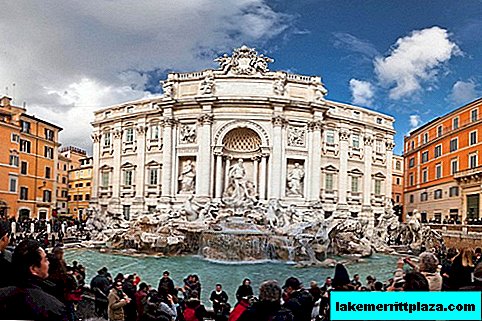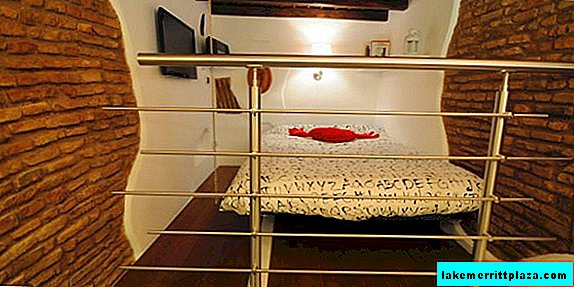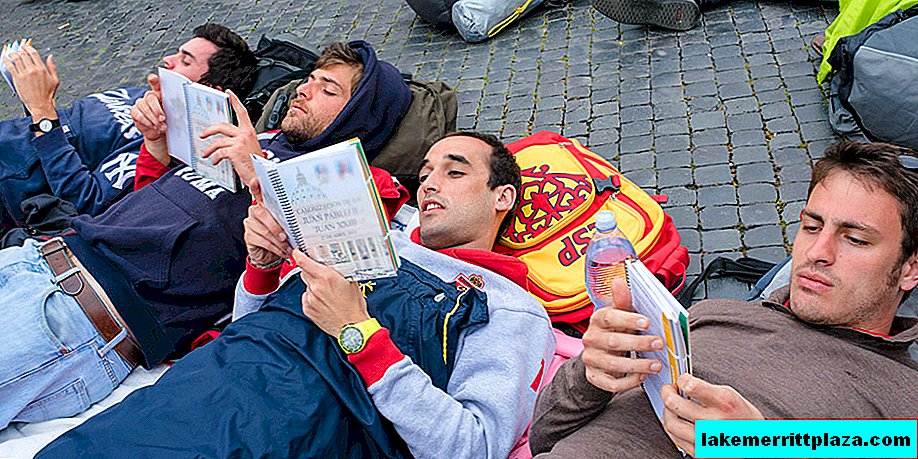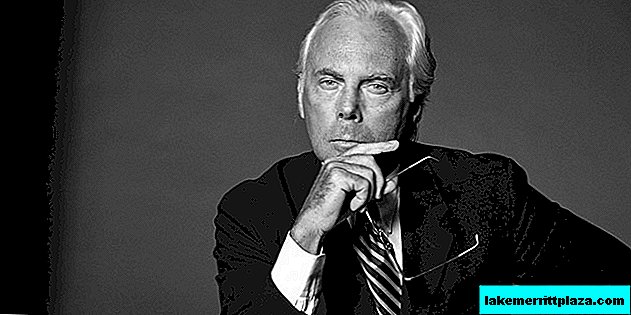The famous Palazzo Rucellai is one of the pearls of Florence, which is definitely worth seeing for all travelers who have visited Italy.
The palace building with an interesting, centuries-old history is one of the popular attractions of the city. It was built in a revolutionary style for its era, therefore it is considered one of the first examples of secular architecture of the early Renaissance. In 1982 it was inscribed on the UNESCO World Heritage List.
Where is it and how to get there
Rucellai Palace is located on the old street Via della Vigna Nuova, in the central, historical part of the Tuscan capital, on the right bank of the Arno River. It is about 400 meters southwest of Cathedral Square (Piazza del Duomo), the most visited place in Europe, and 500 meters upstream of the Ponte Vecchino bridge. You can get there by car, or by public transport, having reached the Pescaia Di Santa Rosa stop, then go on foot.
History of creation
The Palazzo Rucellai, like most houses of the early Renaissance, was once a private mansion built for a wealthy family of a well-known businessman, philanthropist and benefactor Giovanni Rucellai, who was famous in Florence. Construction began in 1446 and ended five years later in the 1451st, which was considered a record time for that period.
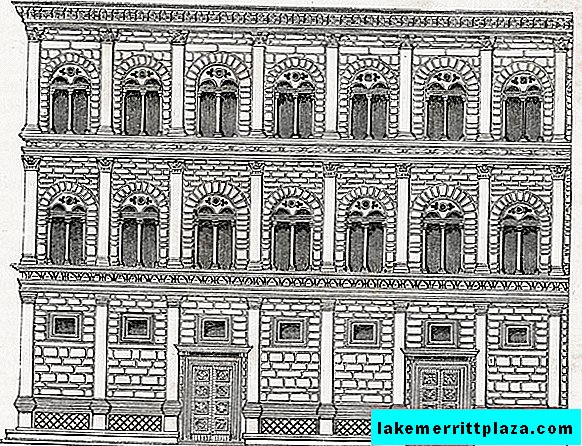
According to historians, on the site of the present palazzo stood eight separate residential buildings, which were subsequently combined into a single palace ensemble. Bernardo Rossellino was involved in the design and construction of the building connecting the disparate buildings. The facade idea was developed by Leon Battista Alberti - one of the famous and progressive architects of that time.
Leon Battista Alberti
Architect Alberti came from a noble Florentine Templar family. He was a comprehensively educated person, not only a famous architect, but also an outstanding artist, poet, musician and scientist. Alberti authored many literary works and theoretical works on architecture, art and science: "Ten Books on Architecture", "Mathematical Fun", "Three Books on Painting" and other treatises.

The Palazzo Rucellai is one of the first creations of the master, which became the standard of Renaissance architecture. Alberti skillfully borrowed antique motifs, and applied a completely new style for the construction of private houses for the medieval era, which later became widespread both in Tuscany and far beyond its borders.
Architecture features
Externally, the palace is a three-story monumental, massive building with a flat facade and a traditional courtyard for Florentine houses. Opposite the palazzo is Loggia Rucellai (Loggia Rucellai) - a unique architectural structure, erected several years later. According to historians, it was built in honor of a special event: a solemn marriage, as a result of which the Rucellai family was united with the noble Medici family. Coats of arms of families that eloquently adorn the facade also testify to this.
Until 1677, the Loggia was used by the owners of the mansion for celebrations, weddings, banquets and receptions of honored guests. Together with the courtyard and the building of the palace, it forms a single architectural ensemble.
Building's facade
Of particular cultural value is the frontal part of the palazzo, divided horizontally into three tiers, and resembling the external appearance of the walls of the Coliseum. Ancient Roman motifs in the decoration of the building are quite logical, given that Leon Battista Alberti lived and worked in Rome for many years. To design each floor, the architect used the rhythmic partition of the wall with pilasters (protruding columns) of different orders:
- Doric - at the lower level;
- ionic - on the second floor;
- Corinthian - in the upper part of the facade.
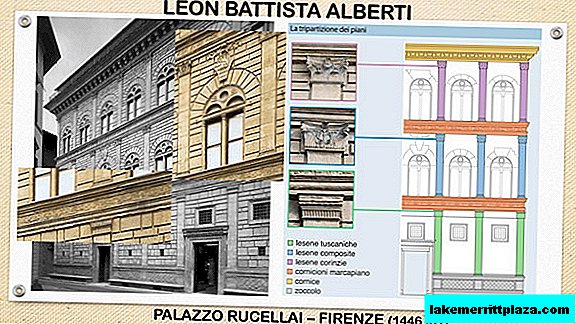
Horizontal belts of entablature (overhanging cornices) in combination with pilasters create sophistication of forms and clarity of proportions. Each tier decreases in height: from larger to smaller, which gives rise to a feeling of lightness of the building and aspiration up. The architect's idea is also supported by the rounded arches of the windows of the second and third floors and the rustic (facing) of the walls: at the lower level, a larger stone is used.
The basement and framing benches along the entire street facade make the building visually more stable and fundamental. For the architectural traditions of the time, all these techniques were a real innovation.
Patio

The rectangular courtyard, which is an integral part of Florentine private mansions, is decorated with classical-style capitals and vaulted arcades, which are supported by monolithic columns of sandstone. Its architecture is more elegant and sharply contrasts with the style of the main building. Externally, the courtyard of the Palazzo Rucellai resembles the Educational House (Ospedale degli Innocenti), built in the first half of the 15th century by Filippo Brunelleschi. Many historians are inclined to assume that another architect was involved in the construction of this part of the palace.
How the building was used before
Over the entire history of its existence, the palazzo has been rebuilt more than once, which does not allow to establish the initial layout of the premises and how they were used. It is only known that each of the floors was designed for specific purposes:
- the first served as a zone of business activity: here the influential trader and banker Rucellai met with his partners, discussed commercial issues, and transactions were made;
- second floor with spacious halls - used for official receptions and special occasions;
- on the third floor there were private apartments and bedrooms.
Interestingly, a secret, fourth floor was equipped under the roof of the building. It is invisible from the street, practically had no windows and was intended for servants.
How the palazzo is used today
The famous genus Rucellai owned the palazzo for a long 500 years. Part of the building to this day is owned by descendants who retained the right to use the mansion. In the courtyard, exhibitions of paintings and sculptures are often held.
Since 2001, the first and second floors of the palace have been occupied by the Institute of International Relations in Florence (ISI Florence). The walls of the palazzo are equipped with spacious classes, a computer laboratory, a library and other facilities necessary for a higher educational institution. In 2009, a large-scale reconstruction of this part of the building was carried out. During the restoration work, it was possible to preserve the unique interior of the 18th century: antique furniture, exquisite paintings, mirrors, wall decoration and ceiling vaults with frescoes depicting the mythological heroes of Ancient Greece.
The Palazzo Rucellai is a unique architectural monument that helps to feel and understand the spirit of the early Renaissance.

